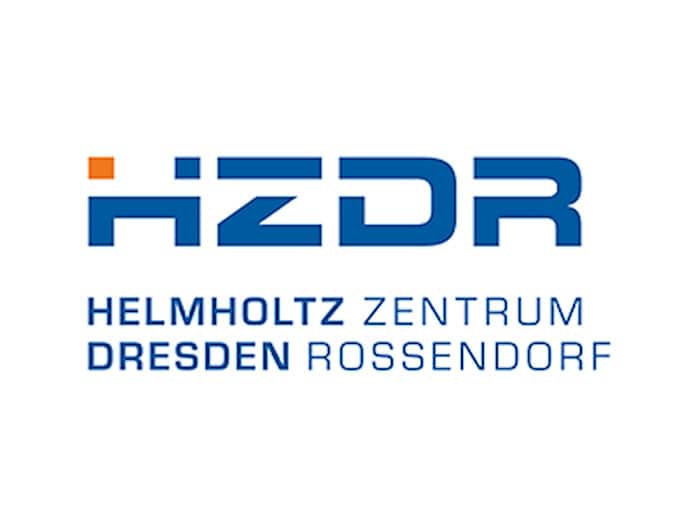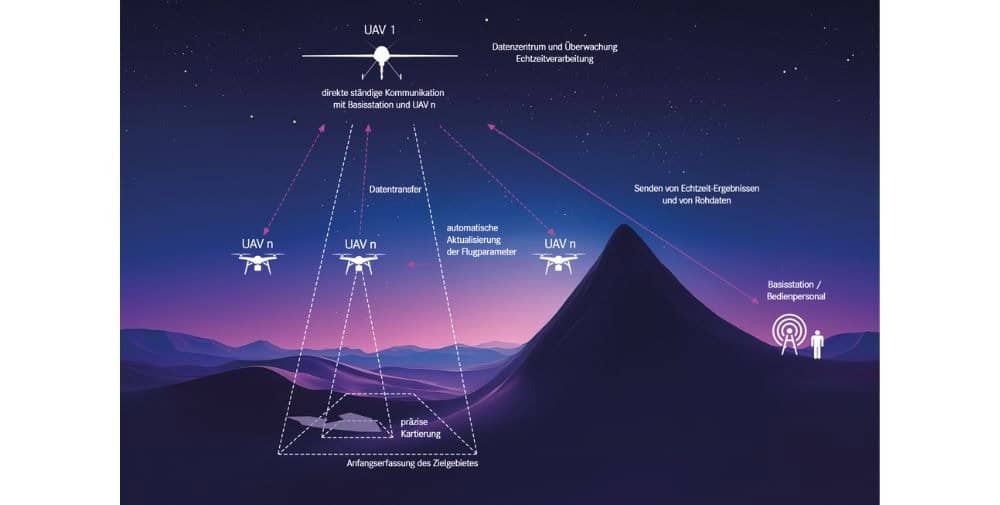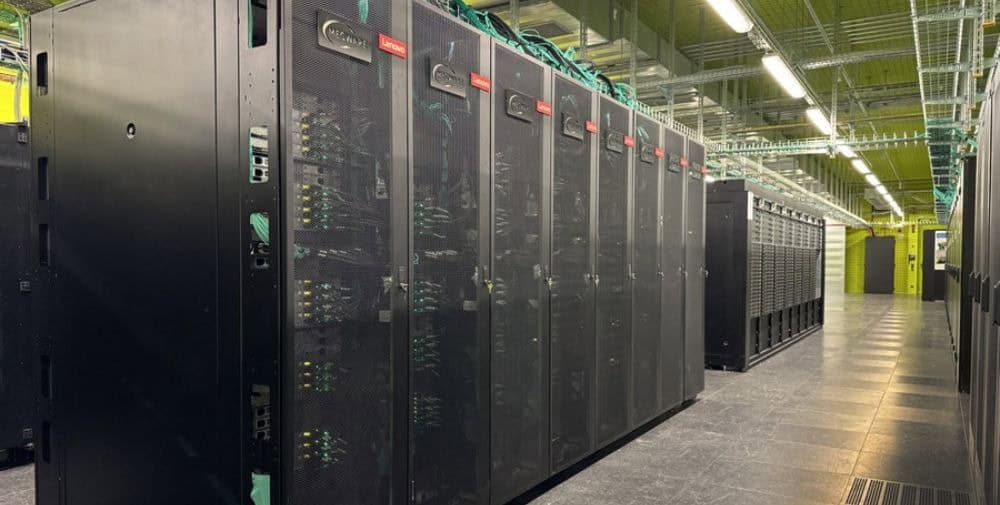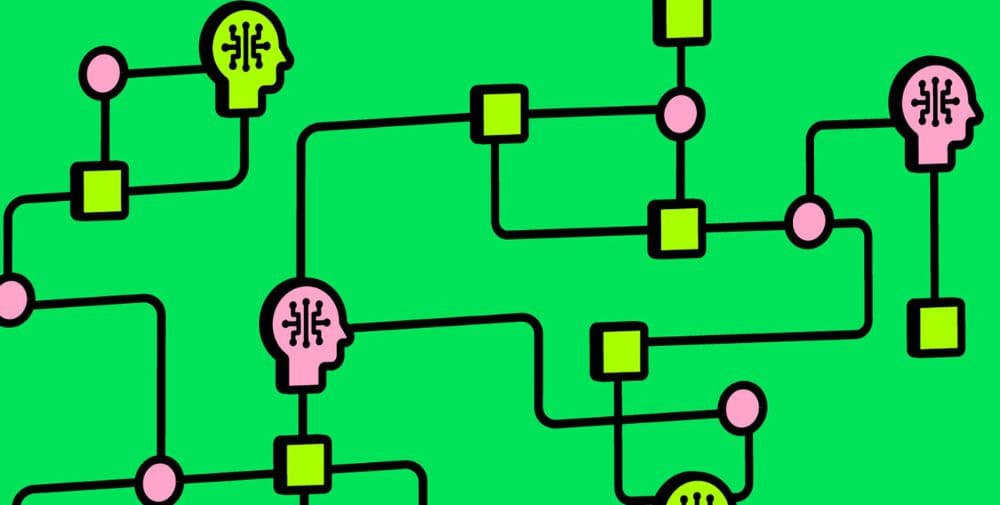
The growing interest in drones and the desire for new applications, but also the different UAV sizes, which have an impact on flight time and sensor payload, have led to the emergence of drone swarms or multi-UAV systems. An intelligent UAV swarm is a fleet of autonomous drones that cooperate according to a specific set of rules in order to carry out a complex mission efficiently without human intervention. By cooperating multiple drones in hierarchical groups, the limitations of individual UAVs can be overcome so that many distributed tasks can be completed at once. The proposed conceptual framework is based on the leader-follower paradigm, where the leader drone distributes tasks to the other drones (followers).
“Our research aims to improve shared economic prosperity, social development and environmental protection, for example by mitigating natural hazards, mapping the earth’s surface to develop new resources or monitoring the environment,” explains Dr. Wilfried Yves Hamilton Adoni, scientist at HIF and CASUS, the background to the research on multi-UAV systems. “We have modeled various obstacles that can occur during a swarm mission in an irregularly structured environment, i.e. in an environment in which information-rich, complex areas alternate with information-poor areas. Compared to the current UAV swarm configurations, our proposed system is more resilient as it can quickly recover from system failures. We have conducted the tests considering the current state of the art in both virtual and real UAV swarms. They prove that our system is reliable, trustworthy and performs consistently well. For example, our approach confirms good performance in terms of energy consumption for our scenario of large, irregularly structured areas,” continues Adoni. Specifically, in an article published in October in the journal Drones (DOI: 10.3390/drones8100575), Adoni presented the key points that scientists should consider when designing an autonomous multi-UAV system for their research mission. He discusses aspects such as chains of command and consensus building between the drones, communication between the leader and the followers, and distribution of the calculations among the drones using a specific example setup that is particularly suitable for carrying out missions in an irregularly structured environment. “We are currently working on an open-source software framework for a robot operating system that is particularly suitable for such swarm missions,” explains Adoni. “The added value of such a framework is that it contains a number of powerful functions that are relevant for carrying out autonomous missions in particularly challenging environments.”
Challenges for autonomous swarm missions
The ability of drones to reach inaccessible regions is an important advantage for exploration missions. As a drone swarm can be easily adjusted in size and thus cover a large area in a short time, swarms are suitable for reconnaissance and surveillance missions. The images of the swarm can be transmitted as a 3D visualization in real time (see image). This allows users to create a realistic map of the environment. But there are also challenges: The most common difficulties to overcome are collision avoidance and obstacle detection. Energy consumption and battery life also pose hurdles. And there are legal requirements for the use of drones that differ from country to country. Drone swarms are designed as fully distributed systems in which each drone analyzes its own environment and collaborates with others to perform individual actions that collectively contribute to achieving the overall swarm goal. The operating principle of swarms is based on a set of algorithms that allow each swarm unit to communicate and delegate tasks, plan trajectories and coordinate flights to efficiently achieve the overall goals of the swarm. These algorithms generally operate in a highly hierarchical architecture that gives the swarm a degree of autonomy at various levels. As a result, the human controlling the swarm only has the responsibility for basic monitoring and intervention in the event of an incident.
Publication
W. Y. H. Adoni, J. S. Fareedh, S. Lorenz, R. Gloaguen, Y. Madriz, A. Singh and T. D. Kühne: Intelligent Swarm: Concept, Design and Validation of Self-Organized UAVs based on Leader-Followers Paradigm for Autonomous Mission Planning, Drones, 2024 (DOI: 10.3390/drones8100575)
Contact
Dr. Wilfried Yves Hamilton Adoni | Department of Exploration
Helmholtz Institute Freiberg for Resource Technology at HZDR and Center for Advanced Systems Understanding (CASUS) at HZDR
Tel.: +49 351 260 4754 | E-Mail: w.adoni@hzdr.de
– – – – –
Further links
👉 www.hzdr.de
Image: HZDR/Casus




